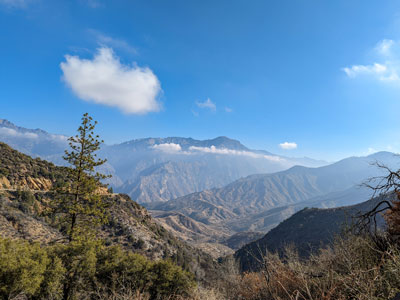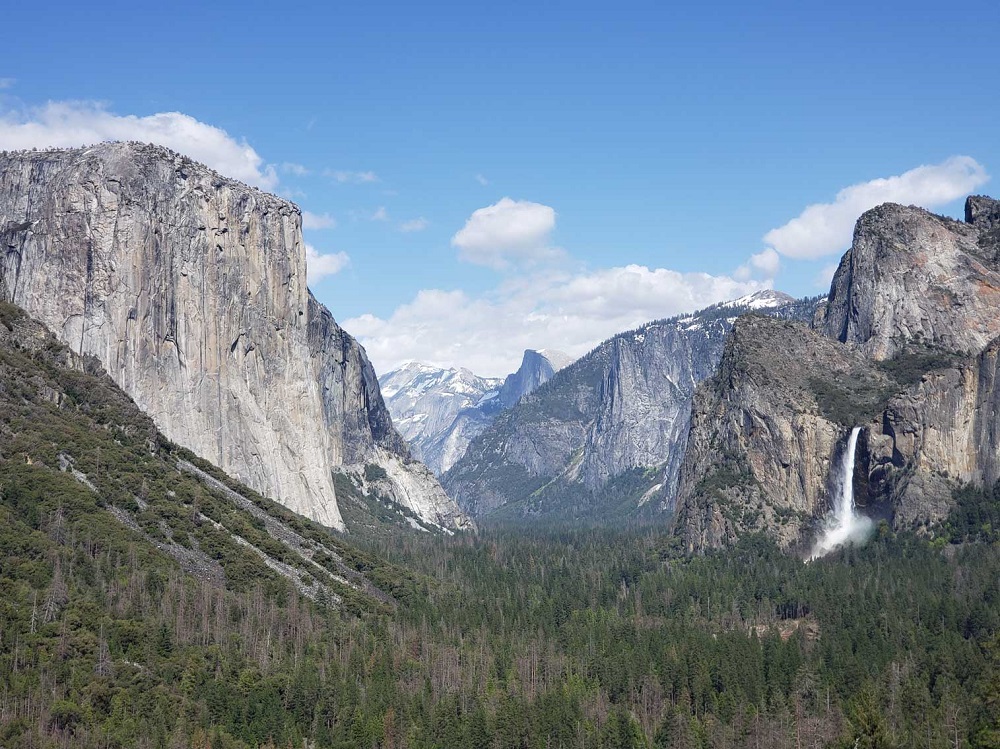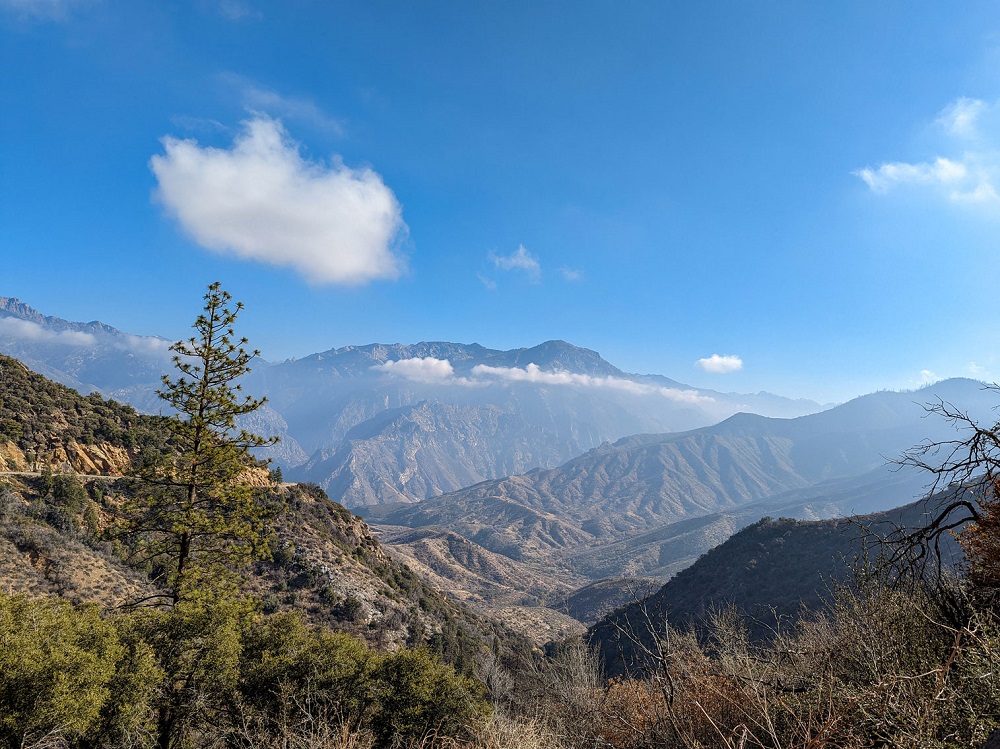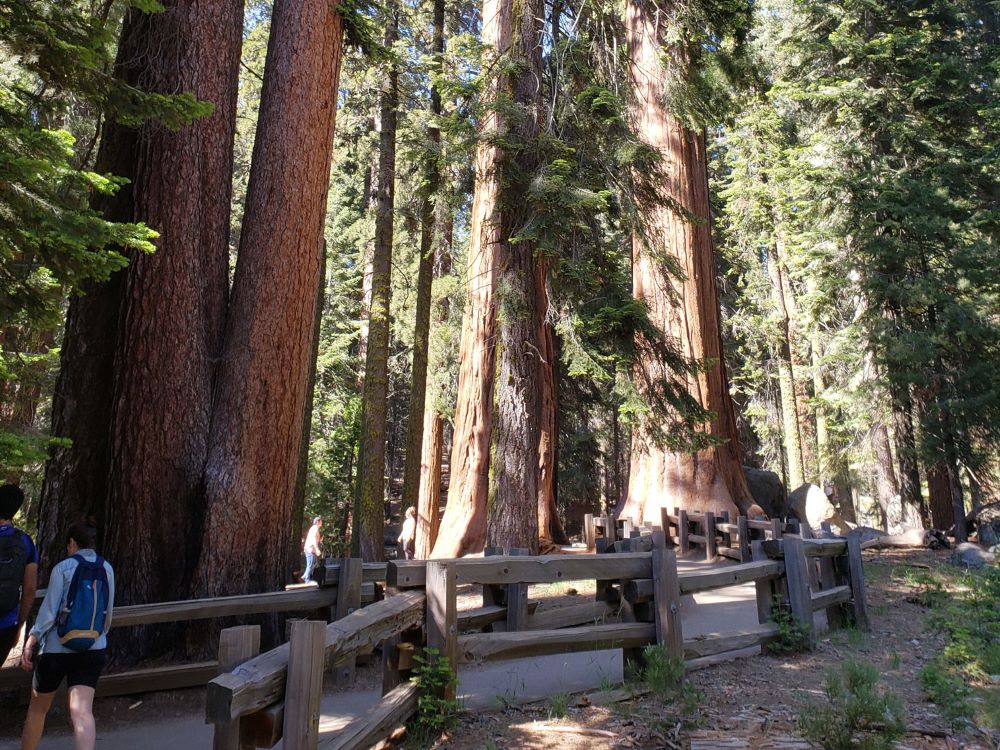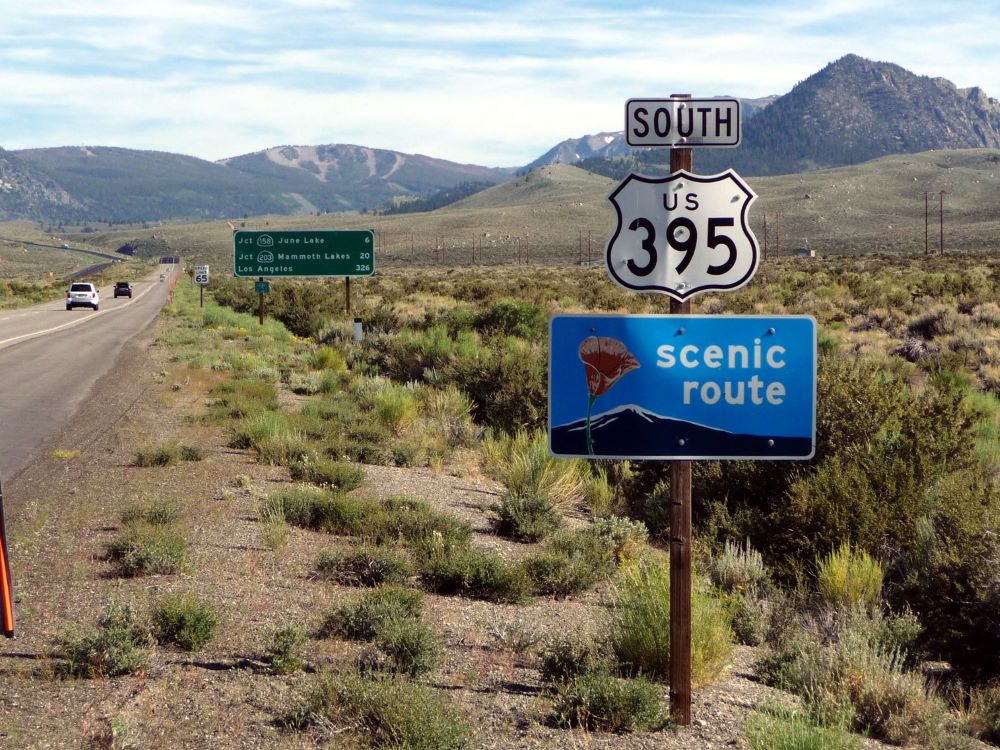Sierra Nevada Travel Guide
Mountain range in the Western United States, with the vast majority of the range lies in California, features include Yosemite, Kings Canyon and Sequoia National Parks, twenty-six wilderness areas, ten national forests, and two national monuments
Places to See in the Sierra Nevada
Yosemite National Park
Park in the western Sierra Nevada of Central California, internationally recognized for its granite cliffs, waterfalls, clear streams, giant sequoia groves, lakes, mountains, meadows, glaciers, and biological diversity
Kings Canyon National Park
Rugged, glacier-carved valley more than a mile deep. Other natural features include multiple 14,000-foot peaks, high mountain meadows, swift-flowing rivers, and some of the world's largest stands of giant sequoia treesPark in the western Sierra Nevada of Central California, internationally recognized for its granite cliffs, waterfalls, clear streams, giant sequoia groves, lakes, mountains, meadows, glaciers, and biological diversity
Sequoia National Park
Known for its giant sequoia trees, including the General Sherman tree, the largest tree on Earth by volume, the Giant Forest, which contains five of the ten largest trees in the world, and the highest point in the contiguous United States, Mount Whitney
Lake Tahoe
Largest alpine lake in North America, Lake Tahoe is a major tourist attraction and home to winter sports, summer outdoor recreation, and scenery enjoyed throughout the year
U.S. Route 395
557-mile route that serves as a connection to the Los Angeles area for the communities of the Owens Valley, Mammoth Lakes and Mono Lake.
Overview
The Sierra Nevada is a mountain range in the Western United States, between the Central Valley of California and the Great Basin. The vast majority of the range lies in the state of California, although the Carson Range spur lies primarily in Nevada. The Sierra Nevada is part of the American Cordillera, an almost continuous chain of mountain ranges that forms the western "backbone" of the Americas.
The Sierra runs 400 miles (640 km) north-south and its width ranges from 50 miles (80 km) to 80 miles (130 km) across east-west. Notable features include General Sherman, the largest tree in the world by volume; Lake Tahoe, the largest alpine lake in North America; Mount Whitney at 14,505 ft (4,421 m), the highest point in the contiguous United States; and Yosemite Valley sculpted by glaciers from one-hundred-million-year-old granite, containing high waterfalls. The Sierra is home to three national parks, twenty-six wilderness areas, ten national forests, and two national monuments. These areas include Yosemite, Sequoia, and Kings Canyon National Parks; and Devils Postpile National Monument.
More than one hundred million years ago during the Nevadan orogeny, granite formed deep underground. The range started to uplift less than five million years ago, and erosion by glaciers exposed the granite and formed the light-colored mountains and cliffs that make up the range. The uplift caused a wide range of elevations and climates in the Sierra Nevada, which are reflected by the presence of five life zones (areas with similar plant and animal communities). Uplift continues due to faulting caused by tectonic forces, creating spectacular fault block escarpments along the eastern edge of the southern Sierra.
The Sierra Nevada has played an important role in the history of California and the United States. The California Gold Rush occurred in the western foothills from 1848 through 1855. Due to its inaccessibility, the range was not fully explored until 1912.
Name and etymology
Used in 1542 by Juan Rodríguez Cabrillo to describe a Pacific Coast Range (Santa Cruz Mountains), the term "Sierra Nevada" was a general identification of less familiar ranges toward the interior. In 1776, Pedro Font's map applied the name to the range currently known as the Sierra Nevada.
The literal translation is "snowy mountains", from sierra "a range of mountains", 1610s, from Spanish sierra "jagged mountain range", lit. "saw", from Latin serra "a saw"; and from fem. of Spanish nevado "snowy".
Conservation
The tourism potential of the Sierra Nevada was recognized early in the European history of the range. Yosemite Valley was first protected by the federal government in 1864. The Valley and Mariposa Grove were ceded to California in 1866 and turned into a state park. John Muir perceived overgrazing by sheep and logging of giant sequoia to be a problem in the Sierra. Muir successfully lobbied for the protection of the rest of Yosemite National Park: Congress created an Act to protect the park in 1890. The Valley and Mariposa Grove were added to the Park in 1906. In the same year, Sequoia National Park was formed to protect the Giant Sequoia: all logging of the Sequoia ceased at that time.
This article uses material from the Wikipedia article "Sierra Nevada", which is released under the Creative Commons Attribution-Share-Alike License 3.0
